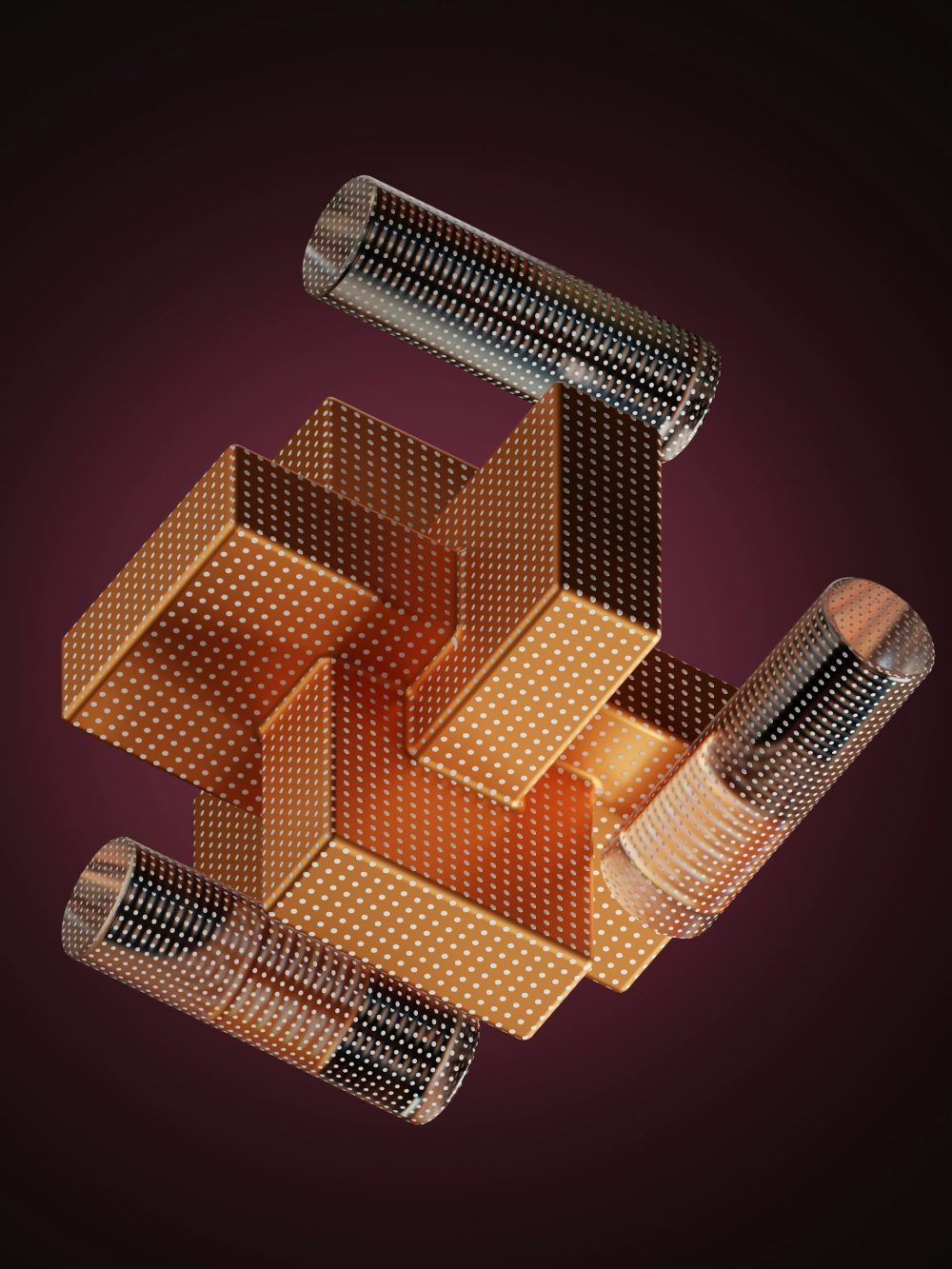Microchannel heat exchangers are becoming increasingly popular in various industries, from refrigeration units to the automotive industry and air conditioning systems. These compact devices provide high heat transfer efficiency due to their compact design, which allows for increased surface area and improved hydrodynamics. While the sector looks for more energy-efficient options, microchannel heat exchangers offer an attractive alternative to customary heat exchanger designs.
Operation principles of microchannel heat exchangers
The operational principle of a microchannel heat exchanger is based upon the transfer of heat between liquids, typically through small parallel channels. The principal difference between microchannel heat exchangers and conventional designs is the channel size. The microchannels have a diameter of 0.5 to 2.0 mm which are much smaller than the pipes employed in conventional heat exchangers.
Due to the small size of the channels, the fluid flow inside them is usually laminar, which leads to a high ratio of surface area to volume. This leads to greater efficiency in heat transfer in the heat exchanger when compared with conventional designs. Additionally, the increased surface area also results in a better uniform temperature distribution, decreasing the number of hot spots and reducing energy wastage.
Microchannel heat exchangers utilize materials that provide heat transfer and resistance to corrosion, such as aluminum and copper. In particular, these materials are easily characterized by their low weight, which is especially important in applications such as automotive systems where weight reduction of the systems is important. Microchannel heat exchangers provide convenience, compact design, and compact use of space.
Microchannel heat exchangers provide a much more compact design than conventional heat exchangers. The smaller size allows them to be used in cases where little space is required. For example, in automotive air conditioning systems, microchannel heat exchangers help reduce the overall size of the system, allowing manufacturers to develop more economical and lightweight vehicles.
Increased thermal efficiency
The compact design of microchannel heat exchangers provides a large surface area for heat transfer, which improves their thermal performance. In addition, the laminar flow inside the microchannels promotes better heat exchange between liquids. As a result, these heat exchangers provide higher performance with lower energy consumption compared to conventional models.
Decreased refrigerant usage
With refrigerants used within systems such as air conditioning systems, and refrigeration units, microchannel heat exchangers can decrease refrigerant usage, leading to a savings in environmental impact along with a reduction in operating cost. In addition, the decreased volume of refrigerant leads to compact system design.
Cost effectiveness
The cost to manufacture microchannel heat exchangers may be greater due to the need for precision machining of small channels, however, their overall operating costs will be lower. Because of the increased heat transfer capability, they will save energy over time. This will negate the cost of their manufacture.
Enhanced resistance to corrosion and durability Microchannel heat exchangers consist of materials which offer very good corrosion resistance, especially with demanding operating conditions. Such durability guarantees that the heat exchangers can operate efficiently, delivering long periods of operation without substantial reduction in productivity. Microchannel heat exchanger uses Microchannel heat exchangers are utilized in a multitude of industries, as they are versatile, efficient and have a high rate of application. The primary industries and applications where use has been optimized are:
Automotive Industry
In the automotive industry, microchannel heat exchangers are frequently integrated into AC and engine cooling systems. Their compact and lightweight design minimizes the total weight of the vehicle, leading to enhancements to fuel economy. They are also able to maintain high thermal efficiency of the vehicle cooling system, even in extreme conditions.
Cooling and air conditioning systems
Microchannel heat exchangers are used for cooling and HVAC systems. These heat exchangers, as condensers and evaporators, demonstrate their compact size and high heat dissipation capabilities in commercial and residential cooling systems. Additionally, these heat exchangers reduce the quantity of refrigerant, which leads to environmentally friendly and energy efficient systems.
Electronics cooling
With the advancement of electronics, particularly in high-performance computing, microchannel heat exchangers are being implemented for cooling components, including processors and graphics processing devices. Effective heat management is essential in these applications to prevent overheating and enhance the dependability of electrical devices. The small size and high heat transfer performance of microchannel heat exchangers render them advantageous for this application. Solar thermal systemsMicrochannel heat exchangers are used in solar thermal energy applications to improve the efficiency of heat capture and transfer. By optimizing the surface area for heat transfer, microchannel heat exchangers help maximize the thermal performance of solar panels and other heat harvesting devices.
Challenges and suggestions
Despite the distinct advantages of microchannel heat exchangers, there are also a number of challenges that must be addressed:
Difficulty in manufacturing
Microchannel heat exchangers are quite complicated to manufacture and the tiny dimensions of the channels mean that a design error in one of the channels may impact the overall performance of the heat exchanger negatively. The materials selected for the microchannel heat exchange process also need careful consideration as they need to withstand harsh environments yet allow for efficient heat transfer. Issues related to flow distribution One of the problems associated to microchannel heat exchangers is the ability to have uniform flow distribution in the channels. An imbalance in the flow distribution will reduce the efficiency of heat transfer and create hot spots or increase the pressure drop across the heat exchanger. Newer design and fabrication techniques will need to be developed to solve these issues.
Maintenance and cleaning
Due to the small size of the channels, cleaning microchannel heat exchangers can be more difficult than cleaning traditional heat exchangers. Clogging or clogging of microchannels can reduce productivity, so periodic maintenance is necessary to ensure optimal performance.
Cost-benefit analysis
Although microchannel heat exchangers improve performance, they may have higher initial costs relative to traditional designs, forcing manufacturers to weigh initial costs against long-term costs (in relation to energy savings and performance).
Conclusion
Microchannel heat exchangers are a novel way to improve thermal performance in a variety of markets. Their compact size, high thermal performance and reduced refrigerant consumption make them an excellent choice for applications in the automotive industry, refrigeration, electronic cooling systems and solar thermal installations. Despite the difficulties associated with their production and maintenance, the advantages of microchannel heat exchangers are undeniable, making them an essential component in the development of more energy-efficient and environmentally friendly technologies. As industrial enterprises continue to look for ways to reduce energy consumption and improve system efficiency, microchannel heat exchangers will play an increasingly important role in achieving these goals.





